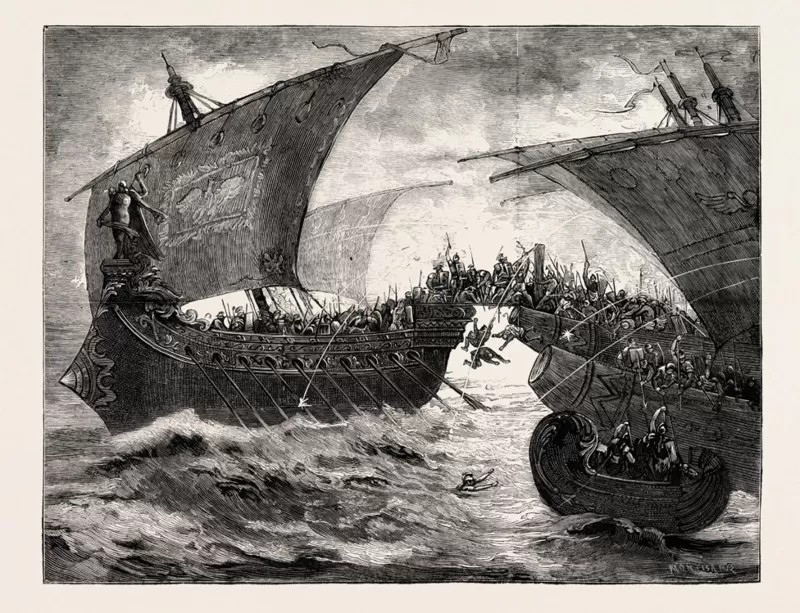In 1893, Norwegian explorer Fritjof Nansen launched an expedition to the North Pole, after which he became world-famous for breaking the northern latitude record. He was the first to observe a strange phenomenon during the voyage that puzzled scientists for more than a century. While sailing through the Arctic waters of northern Siberia, Nansen noticed that his ship, the Frame, suddenly stopped even though its engines were running at full speed. Fredjoff described the situation as a 'mysterious force' that had seized his ship, causing it to barely move. We tried to get out of this trap, sometimes we pushed around, we tried all kinds of strategies to avoid it but with little success," he later said. Nansen became the first person to observe this strange phenomenon and named this water trap 'dead water'.
Salt layer of water
Eleven years later in 1904, the Swedish physicist and marine scientist Wigan-Walfred Ekman was able to identify this phenomenon and find the reason behind it. Ekman demonstrated in the laboratory the observation that in this part of the Arctic Ocean, waves are created between the layers of salt and fresh water below the surface that have different densities. They attributed this to the melting of glaciers, which creates a layer of fresh water above the ocean. This water is more salty and thick. However, during laboratory experiments, Ekman observed that these waves caused oscillations in the ship's speed. This differs from the observations of Nansen whose ship stalled at a constant and unusually low speed. Until now, no one has been able to explain these differences or fully understand how 'dead water' affects them. But an interdisciplinary team from France's National Center for Scientific Research (CNRS) and the University of Poitiers believe they have discovered the secret to both mysteries. To understand this phenomenon, a team of physicists, fluid mechanics, and French mathematicians used mathematical classification of various underwater waves and experimental image analysis at the 'sub-pixel scale'. In a paper published in the scientific journal PNAS in early July, he concluded that the wave speeds Ekman described were due to different types of waves acting on a sort of 'vibrating conveyor belt'. Works as
Interestingly, the research was not conducted to unravel the mystery of what happened to Nansen more than a century ago, but to unravel a much older mystery.This work is part of a larger project investigating how, in ancient Greece, during the Battle of Aquarium of Actium (31 BC), Cleopatra's and Marco Antony's large ships, facing ships even weaker than Caesar's Octavius, disappeared. were done










No comments:
Post a Comment